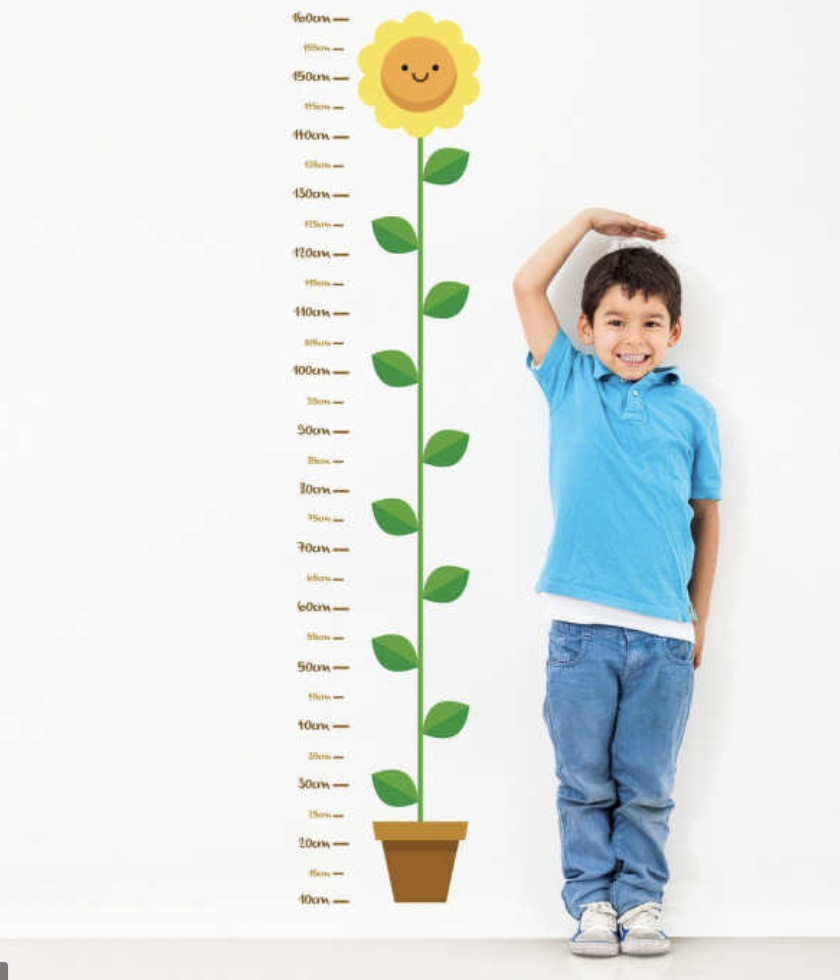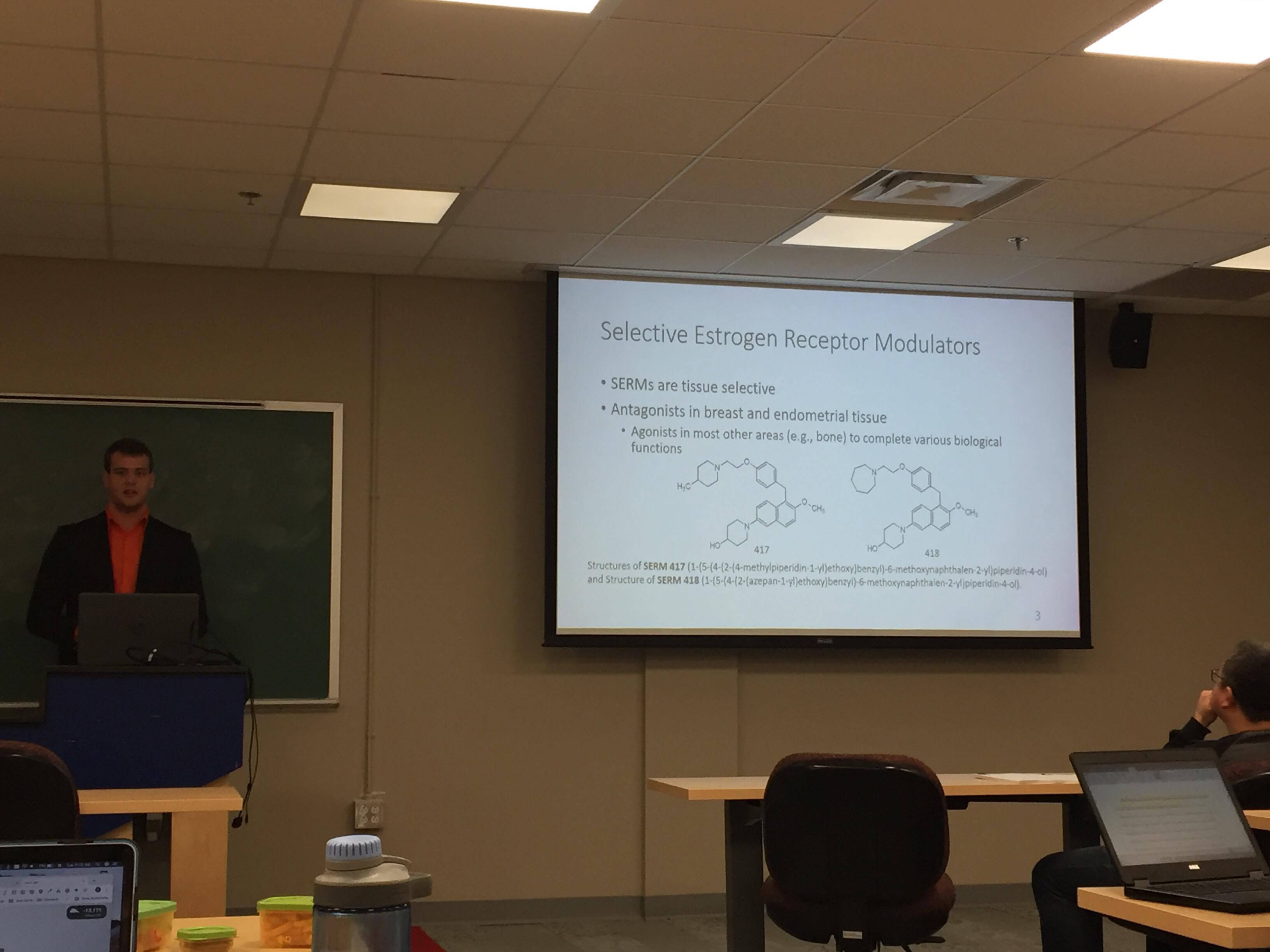My name is Sabrina Nunn and I am a fourth year Kinesiology with Honours student. My honours research, “Past Action, Current Challenges, and Future Initiatives – An Investigation into the Hurdles for Achieving Gender Equity in Nova Scotia Sport” has been written under the supervision of Professor Ann Dodge. I cannot thank Ann enough for her unwavering support throughout the entire project. I would also like to thank the organizers and attendees of the Shattering the Glass Conference for their enthusiasm and willingness to be a part of this study.
My study is based on a November 2018 gender equity meeting in Nova Scotia reporting on the individual experiences of both organizers and participants. Barriers that keep women from fully engaging in sport were identified. By sharing conversations with women directly involved in the sport sector, this study aspires to give them a voice in relation to their experiences, and to profile specific areas where improvement can be made to effect positive change for female athletes, coaches and administrators in sport in Nova Scotia. Despite the fact that gender gaps have narrowed in general, there are still inequitable differences prevalent in society – specifically in sport (Sherry, Osborne & Nicholson, 2015).
When discussing equity, the word can sometimes be used incorrectly by being used interchangeably with equality. Equity refers to the allocation of resources that reflects fairness or justice by taking into account the individual circumstances of everyone involved. Equality refers to all people getting the same, regardless of any individual circumstances. Equality is like creating the same starting line for everyone, whilst equity works towards creating the same finish line. Equity is important because when given the chance, women have shown they are capable of succeeding in sport.
The results of the study indicate that there are numerous barriers that can prevent or deter females from being involved in sport in Nova Scotia. The barriers that were identified by the participants in this study were related to: confidence, stereotypes, lack of role models, systemic biases, external barriers, and low perceived significance. With this knowledge, sporting organizations in Nova Scotia can continue, or in some instances begin to do their part in bridging gender gaps by creating opportunity and limiting barriers for females in sport.
The perceived significance barrier is one of the most important findings as it can be identified as an overarching umbrella term that effects almost every other barrier noted in the study. This refers to the amount that an individual or organization cares about or recognizes gender equity issues or barriers for women in sport. For any barrier to be dealt with, change must be seen as worthy of consideration, comprehension and support. Perhaps this means that the first barrier that needs addressing is the perceived significance of gender equity in sport in Nova Scotia. Sport has the potential to be a vehicle for change; therefore, making positive changes in the sporting world can be an integral step in profiling gender gaps in society.
In conclusion, the current status of women in sport needs to be addressed as there is still much work to be done. From my research, the first step to tackling the issue is evidently caring about it enough to inspire change. My full thesis will be available in The Vaughn Memorial Library in the upcoming months.
References:
CAAWS Facts and Stats. (2019). Retrieved from https://www.caaws.ca/facts-and-stats/
Sherry, E., Osborne, A., & Nicholson, M. (2015). Images of sports women: A review. Sex Roles, 74(7-8), 299-309. doi: 10.1007/s11199-015-0493-x





